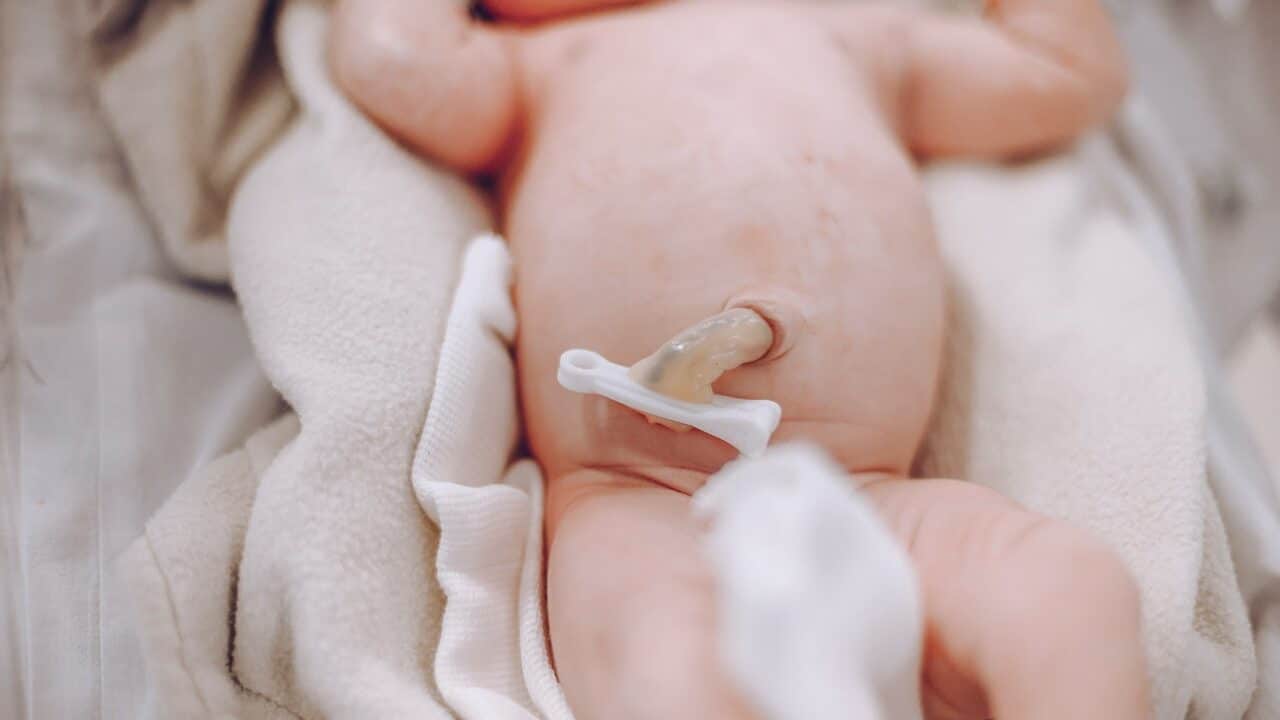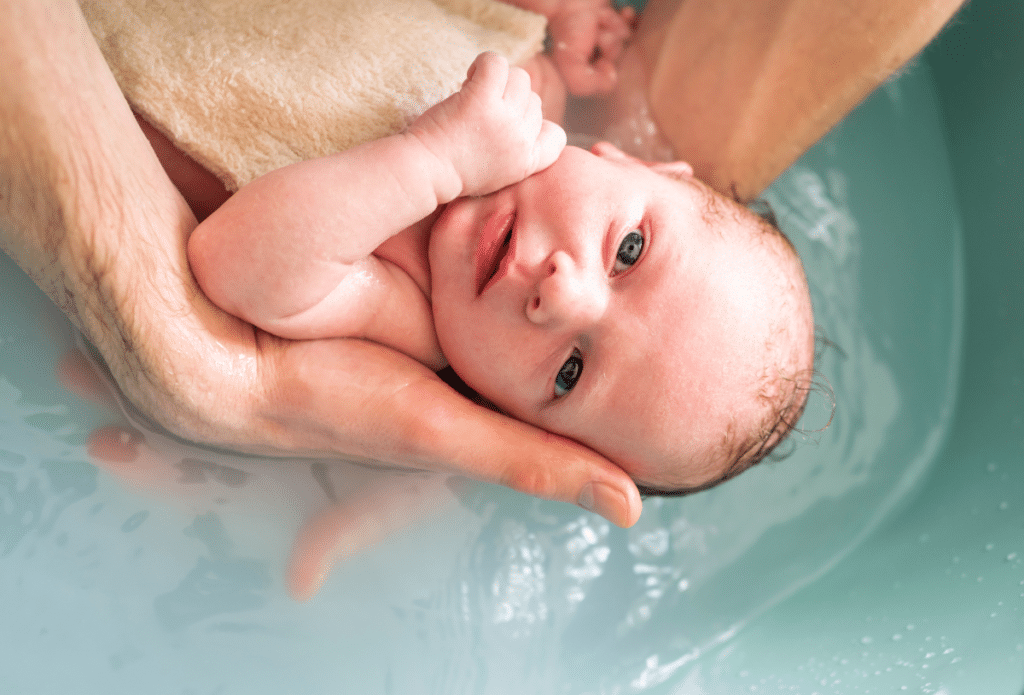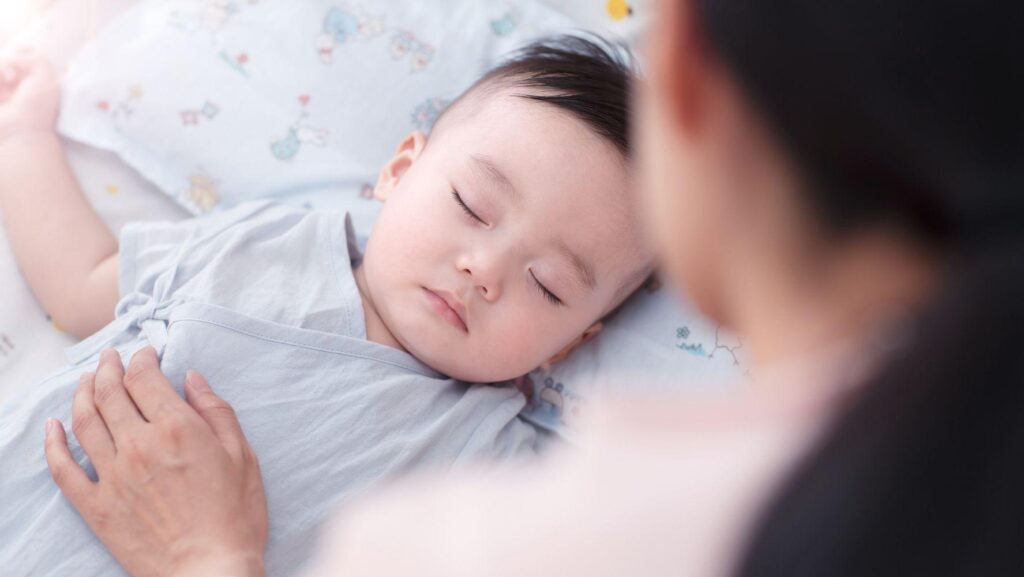The umbilical cord is a crucial structure that connects a developing fetus to the placenta during pregnancy. It serves as the baby’s lifeline, providing essential nutrients, oxygen, and removing waste products. Umbilical cord management just after birth is an important aspect of newborn care. Here are the typical steps and considerations for managing the umbilical cord immediately after a baby is born:
Clamping and Cutting the Cord
Healthcare professionals will use a sterile clamp or tie to clamp the umbilical cord in two places, usually about 1-2 inches (2-5 centimeters) apart. This prevents blood flow between the baby and the placenta.
Timing of Clamping
The timing of cord clamping has evolved over the years. There are two main approaches:
- Immediate Cord Clamping: In the past, it was common to clamp and cut the cord within seconds of birth. This practice is still followed in some situations, particularly if there is a medical need for immediate attention to the baby.
- Delayed Cord Clamping: Delayed cord clamping involves waiting for a brief period before clamping and cutting the cord, usually for at least 30 seconds to a few minutes after birth. This allows more blood to transfer from the placenta to the baby and is associated with several potential benefits, including improved iron levels and better overall health for the baby.
Cord Blood Collection
In some cases, parents may choose to bank their baby’s cord blood, which contains valuable stem cells. If cord blood banking is planned, a healthcare provider will collect the cord blood after the cord is clamped and cut.
Inspecting the Cord Stump
After the cord is cut, the remaining piece attached to the baby is known as the cord stump. This stump will eventually dry up, change color, and fall off on its own within the first couple of weeks. Healthcare professionals will inspect it to ensure there are no signs of infection or other issues.
Cord Care
Generally, cord care involves keeping the cord stump clean and dry. It’s essential to follow the healthcare provider’s instructions regarding cord care to prevent infection. In recent years, the practice of leaving the cord stump uncovered to air-dry has become common, as opposed to applying substances like alcohol or antiseptics.
Cord Stump Care at Home
Once you and your baby leave the hospital, you’ll continue to monitor and care for the cord stump. Here are a few tips to take care of your little one’s cord stump at home:
1. Maintaining Good Hygiene: Wash your hands thoroughly with soap and water before and after handling your baby’s umbilical cord stump to prevent infection.
2. Keeping it Clean and Dry: Keep the cord stump and the surrounding area clean and dry. Use a sponge bath or a damp cloth to clean your baby during diaper changes and gently pat the area dry with a clean, soft towel.
3. Avoiding Submersion: Avoid immersing your baby in water until the cord stump has completely fallen off. Sponge baths are a suitable alternative during this time.
4. Folding Down Diapers: When dressing your baby, fold down the front of the diaper to prevent it from rubbing against the cord stump. Alternatively, you can use diapers with a special cutout for the stump.
5. Choosing Loose-Fitting Clothing: Dress your baby in loose-fitting clothes that do not put pressure on or rub against the cord stump area.
6. Letting it Air Out: Allow the cord stump to air out by exposing it to the air for short periods several times a day to help keep the area dry and aid in the healing process.
7. Avoiding Application of Substances: Do not apply alcohol, antiseptics, or powders to the cord stump. These substances can interfere with the natural healing process.
Normal Changes in the Umbilical Cord Stump
1. Change in Color: The cord stump typically changes color from yellow-green to brown or black and eventually becomes dry and shriveled before falling off. This color change is part of the normal healing process.
2. Mild Odor: A mild odor from the cord stump is normal. However, a foul or extremely unpleasant odor is not normal and should be checked.
3. Slow Progression: While the cord stump typically falls off within the first one to three weeks after birth, it’s essential to understand that the timing can vary. Some cord stumps may take a little longer to detach.
Signs of Infection
It’s essential to watch for any signs of infection around the cord stump area. Here are the few concerning indications:
1. Redness: If you notice that the skin around the cord stump is becoming increasingly red, this could be a sign of infection.
2. Swelling: Swelling around the cord stump, especially if it appears to be getting larger or more pronounced, may indicate a problem.
3. Pus or Discharge: Any discharge from the cord stump that is yellow, green, or foul-smelling is not normal and should be evaluated.
4. Fever: If your baby develops a fever, it could be a sign of infection. A fever in a newborn is typically considered a rectal temperature of 38°C (100.4°F) or higher.
5. Fussiness or Irritability: While some degree of fussiness is normal in newborns, excessive irritability, especially when combined with other signs of infection, should be assessed.
6. Persistent Bleeding: Occasional spotting of blood around the cord stump is normal, but persistent bleeding or oozing of blood is cause for concern.
If you notice any concerning symptoms, contact your healthcare provider promptly.
An insight from mamahood
Umbilical cord management is an essential aspect of newborn care, and the timing of cord clamping can have implications for the baby’s health. It’s a topic that you can discuss with your healthcare provider before the birth to ensure that your preferences are considered and to understand the hospital’s practices and policies regarding cord management. In case of more support, please feel free to reach out to Mamahood Health Advisors through Live chat or Private mail.








